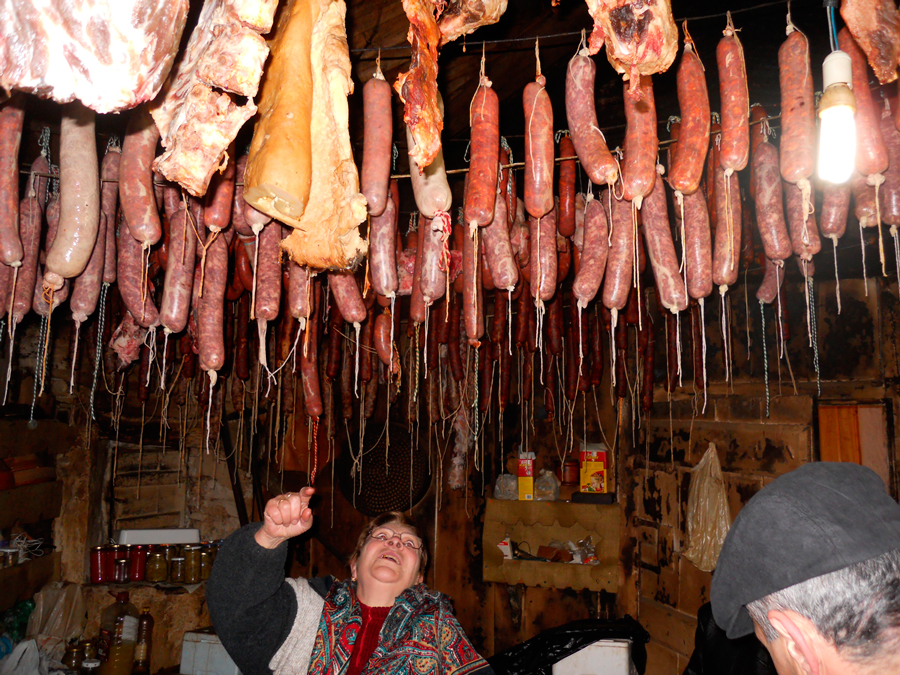Biodiversity and gender
The interaction of agricultural family social structures with the surrounding biodiversity is embodied in three large groups of activities: productive, post-productive and distributive. Except for ploughing the fields, an activity generally done by men, the other productive tasks associated with cereal crops (sowing, weeding, fertilising and harvesting) are carried out in a very equal fashion by both men and women, while the latter generally carry out the work in the garden.
In addition to the distribution of these tasks, there is another fundamental aspect linked to gender and the management of biodiversity, which is the ownership of the land worked by the family unit. In many populations (especially in Asia and Africa) ownership and transmission of lands is masculine, even though the women work them as much as or more than men. But even in 21st century Europe there are legal and social problems pending with shared ownership. The productive participation of women in shepherding and fishing is more variable, although women concentrate on shellfish gathering.
Women almost exclusively carry out important post-production tasks, such as transforming and preserving foodstuffs, clothing and hygiene products which require knowledge effort and skill in tasks like grinding, spinning and weaving.
As regards the distribution process, rural women have been the only ones responsible for the preparation and delivery of family foodstuffs, and frequently also for clothing and textiles which they themselves make. They are the grand protagonists of the distribution of small surpluses by smallscale selling in local markets. Men also take part in this, but more frequently it is large-scale commercialisation and in distant markets.


















































